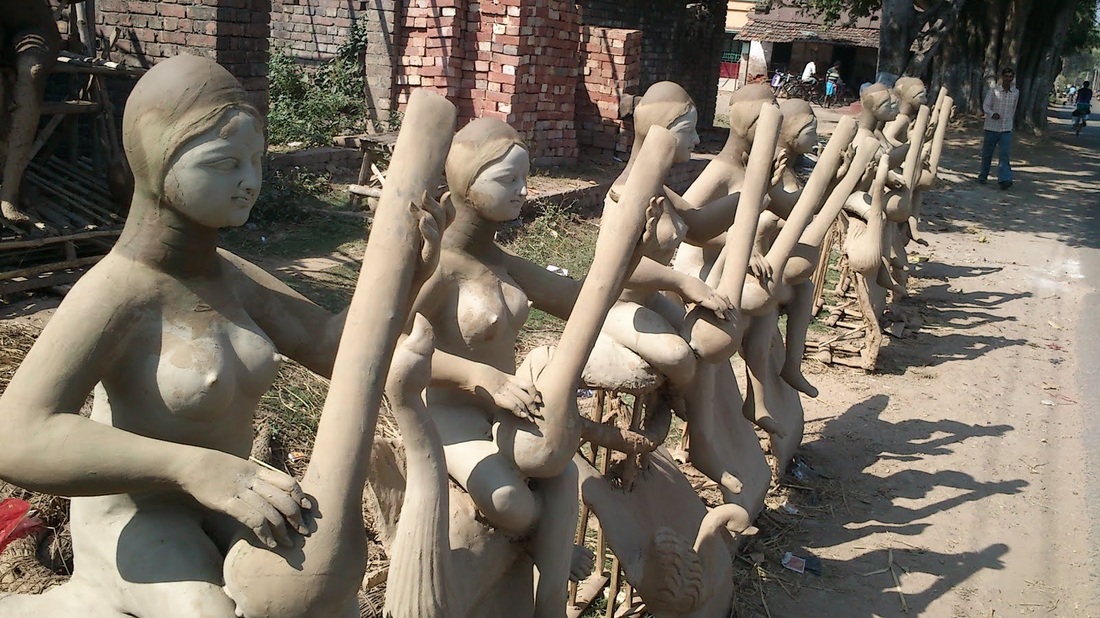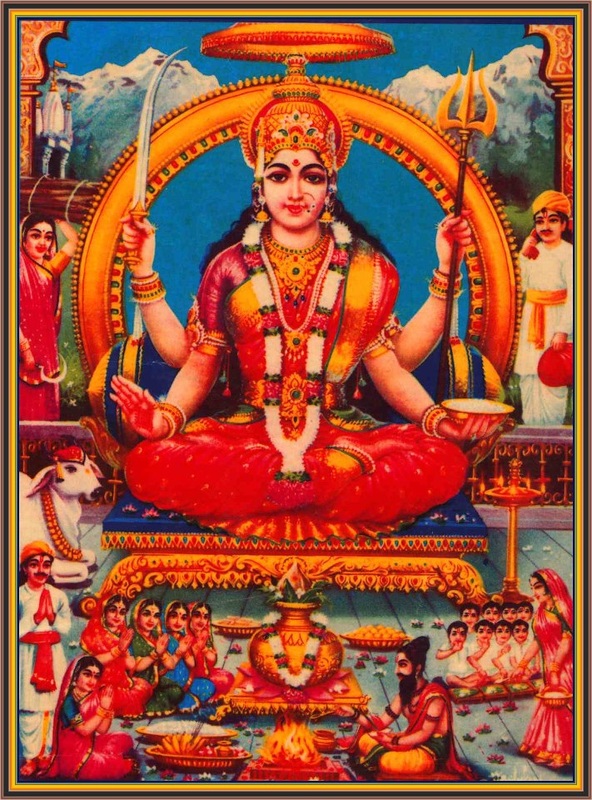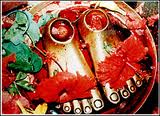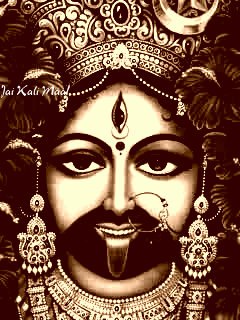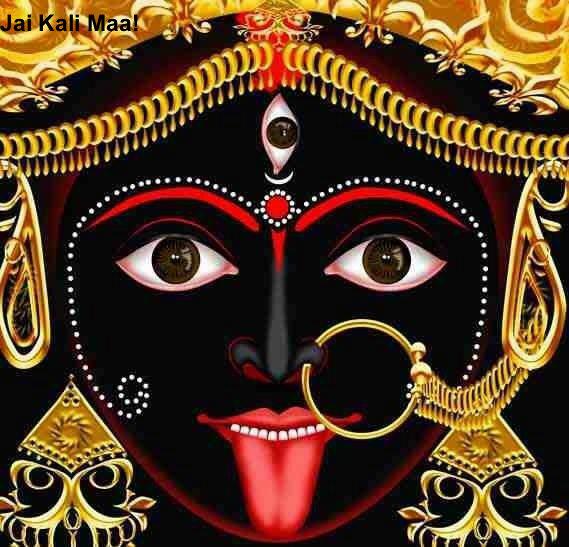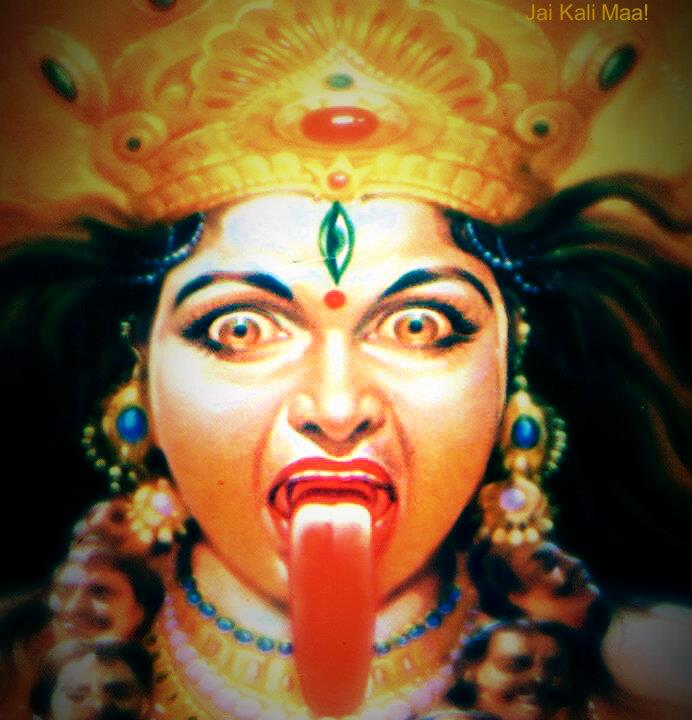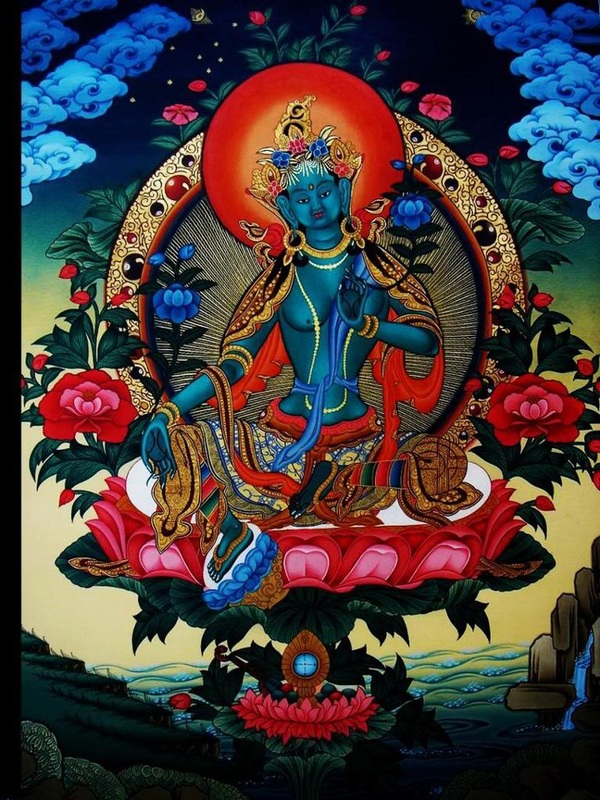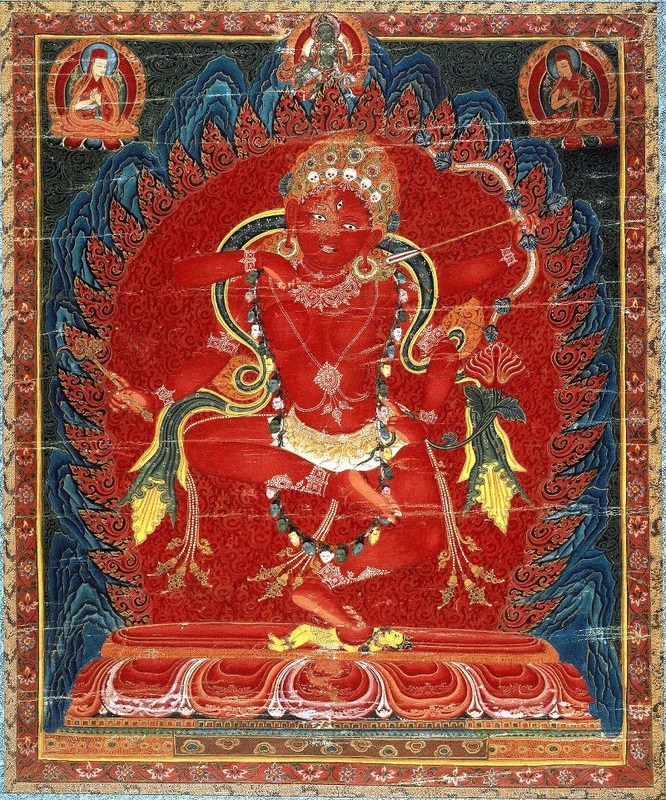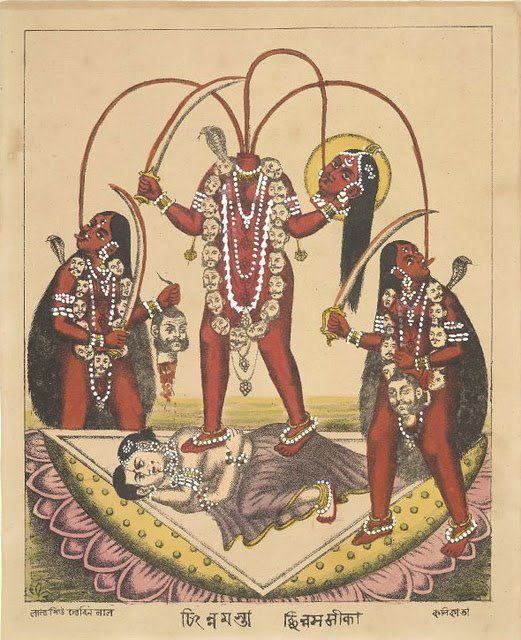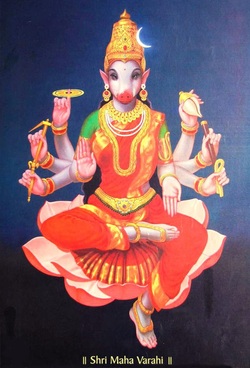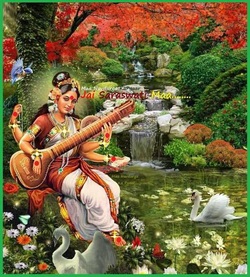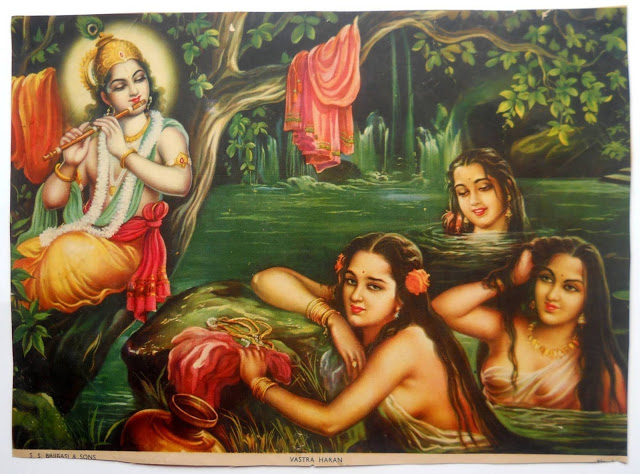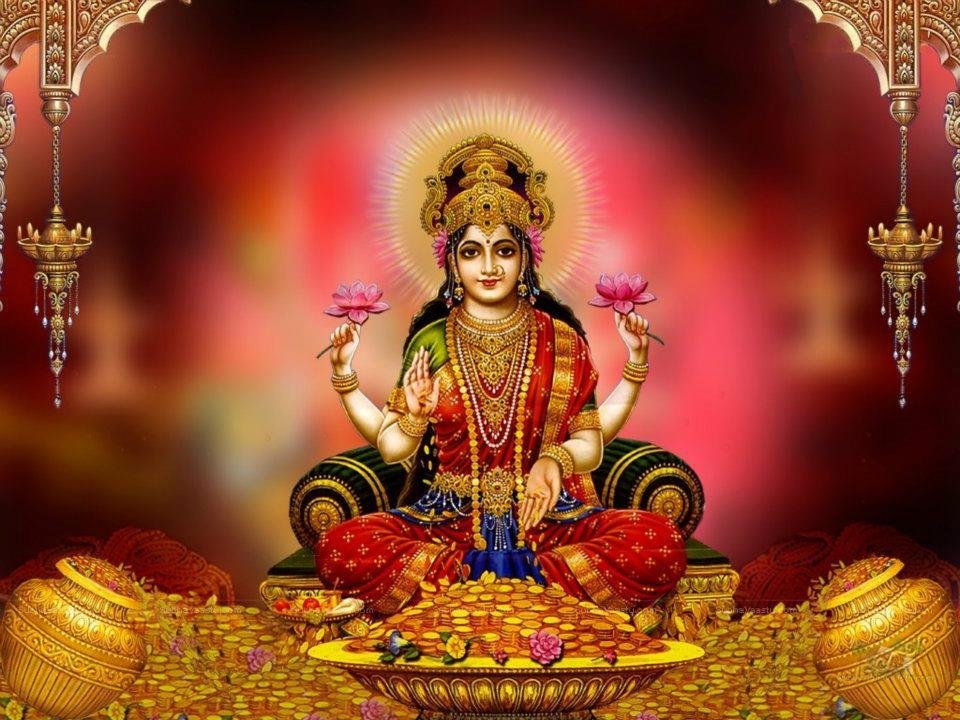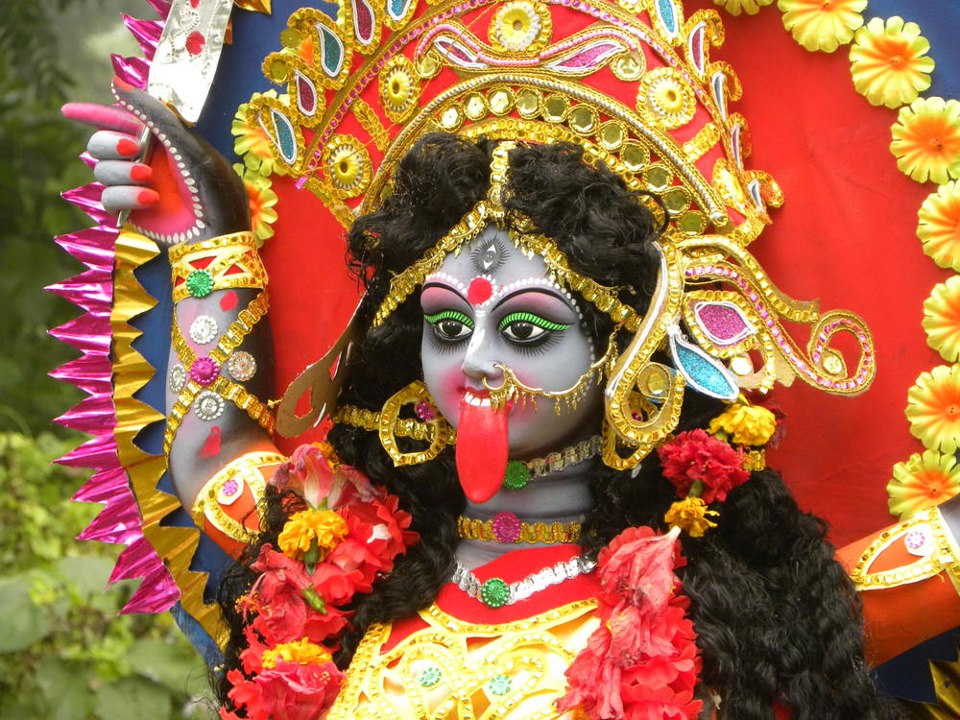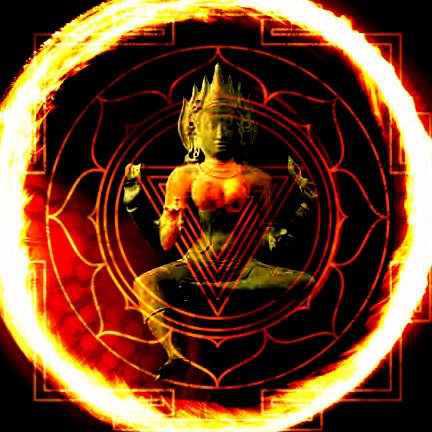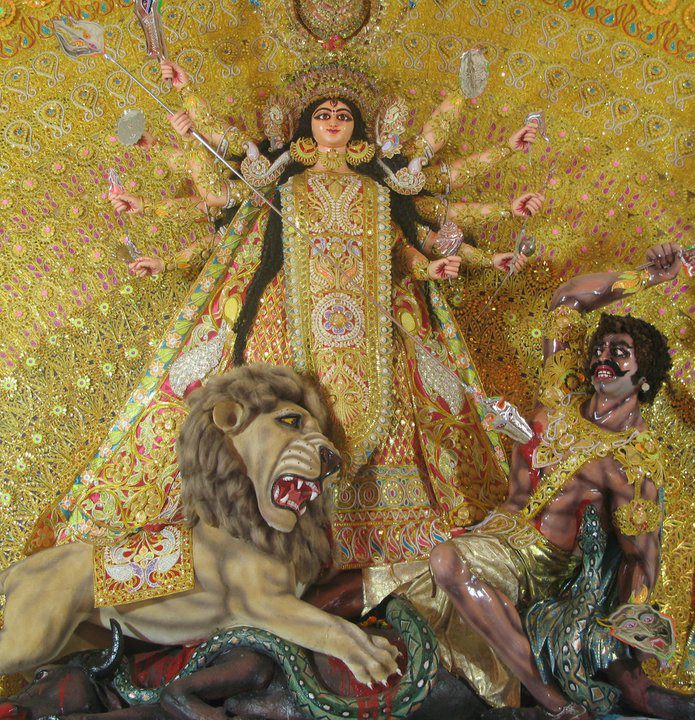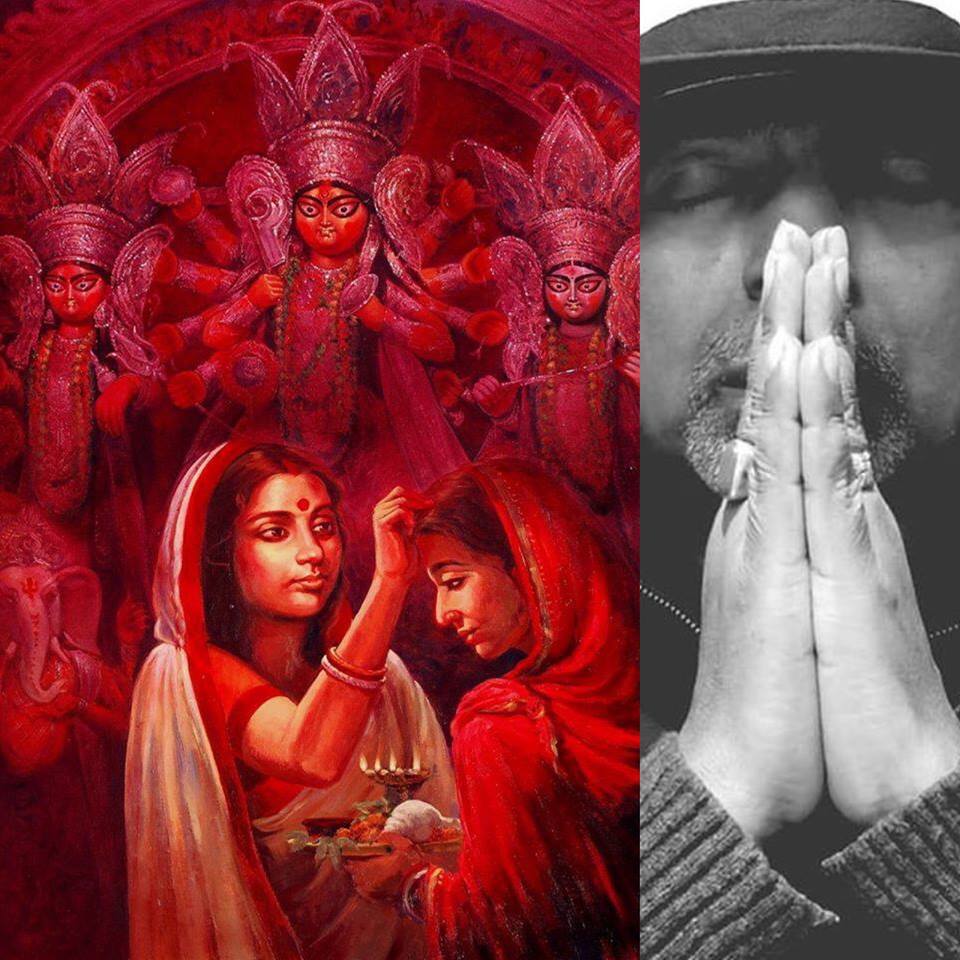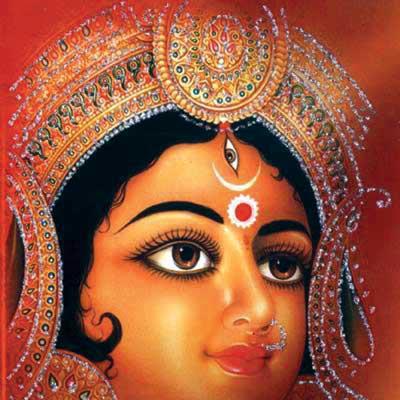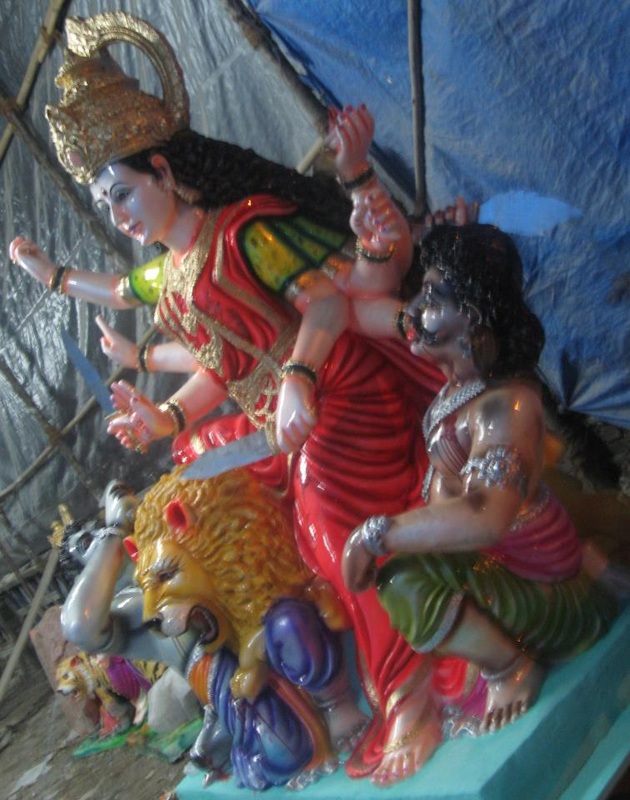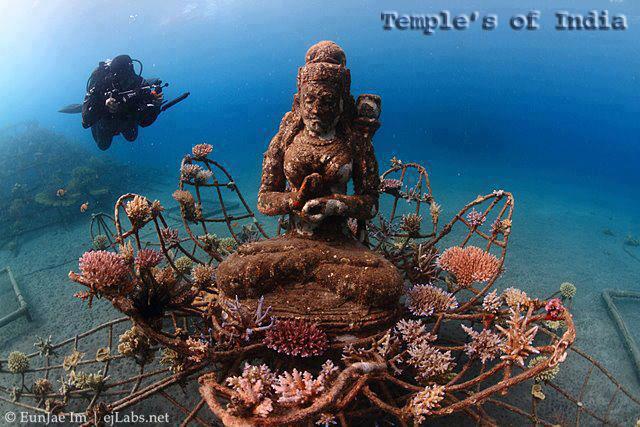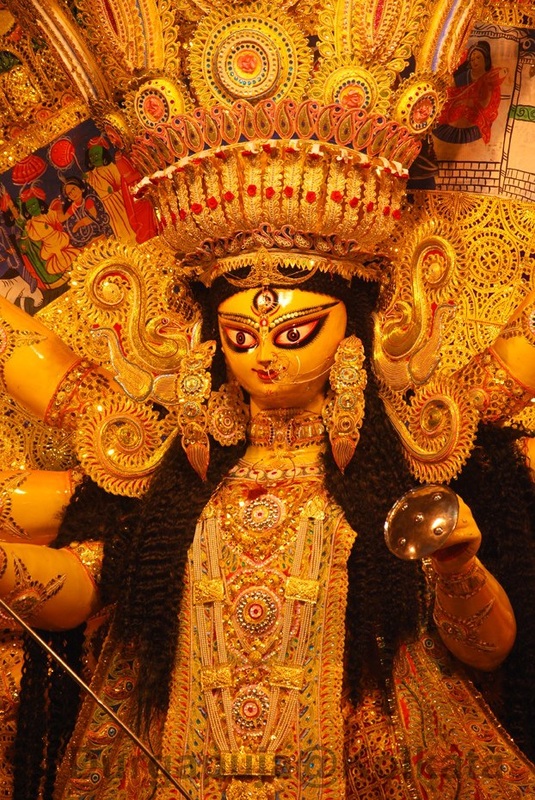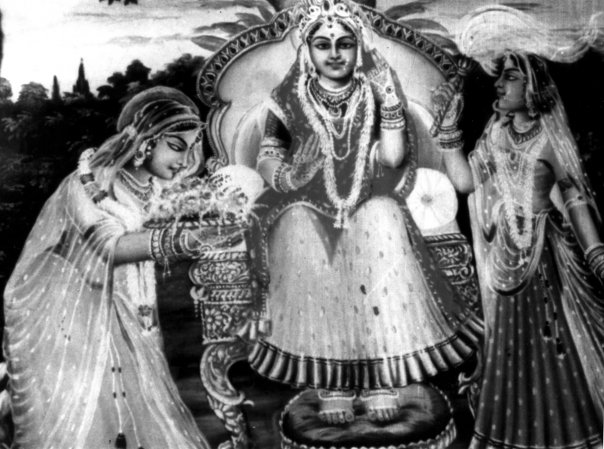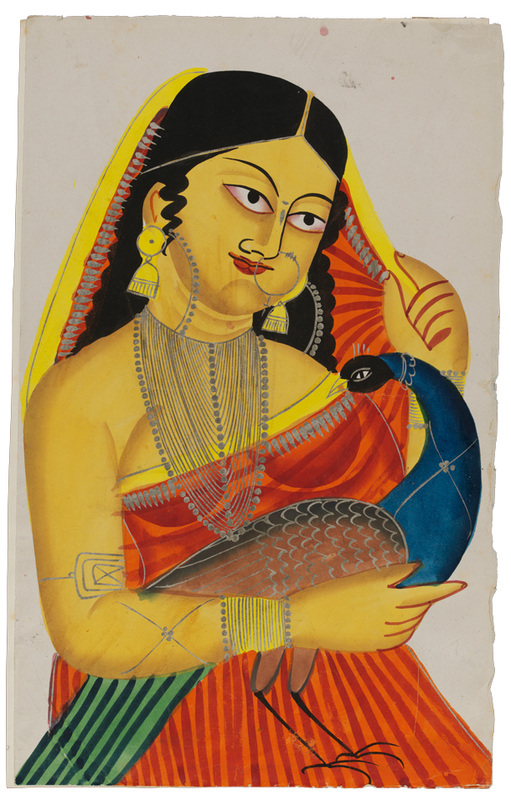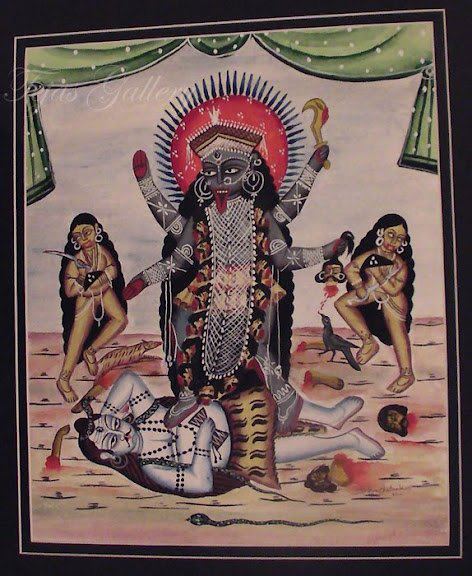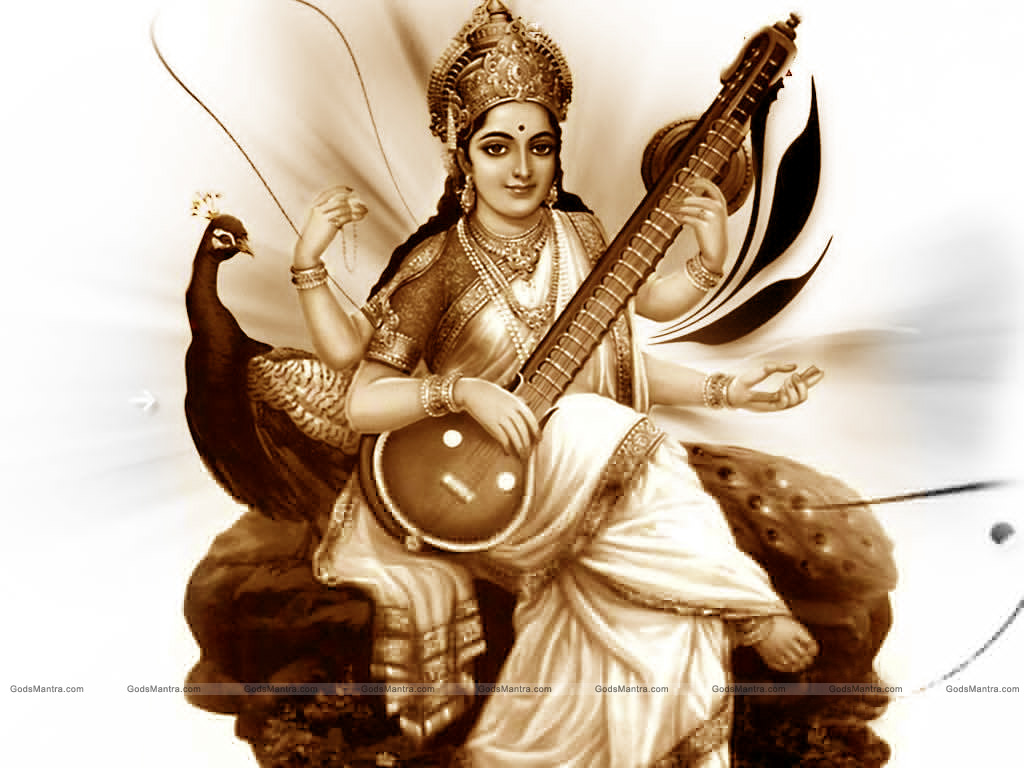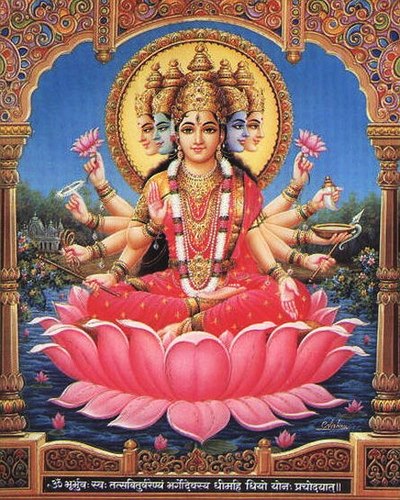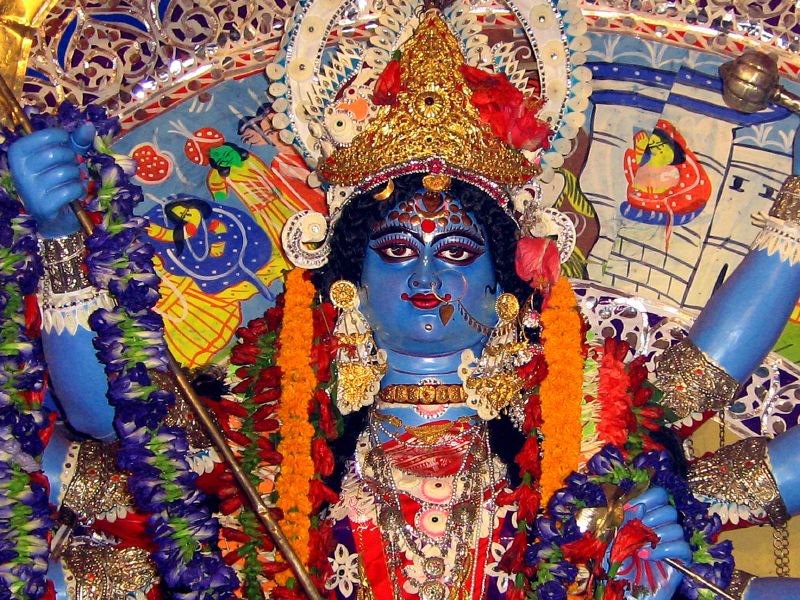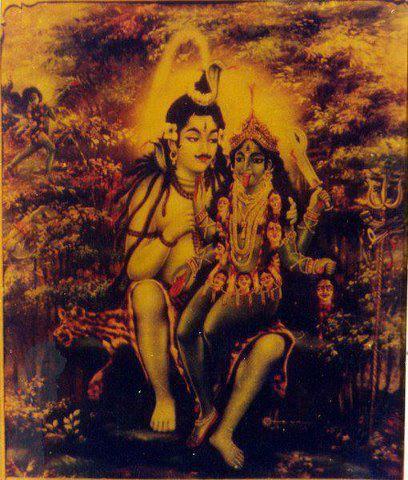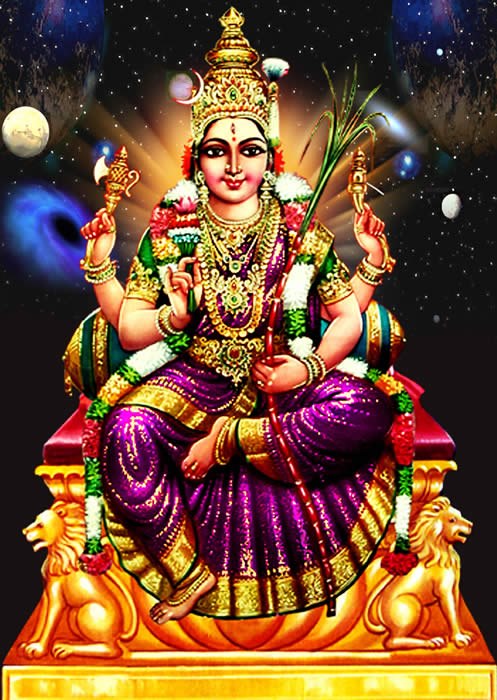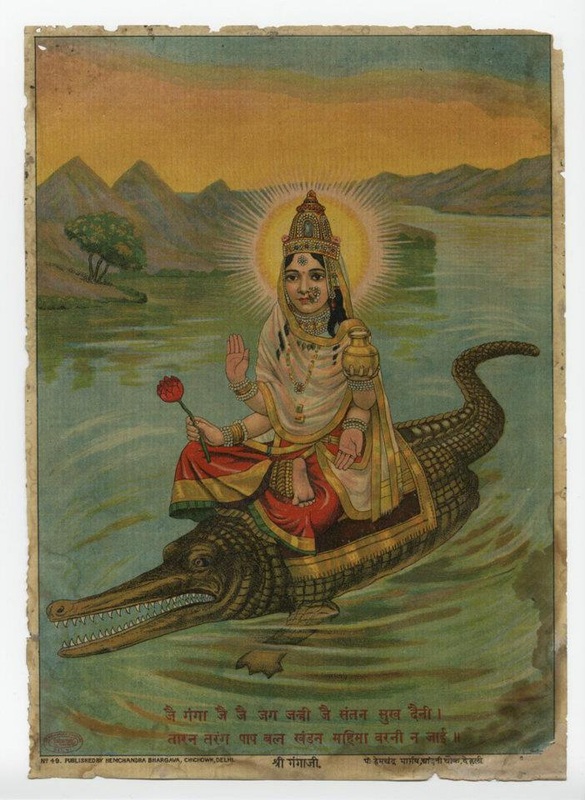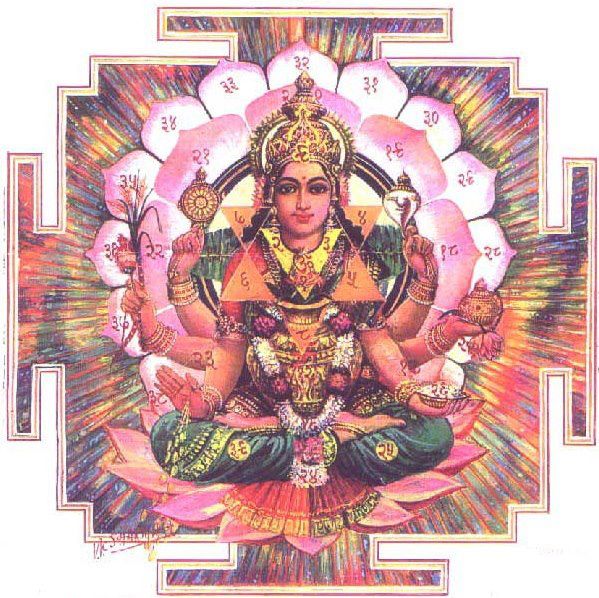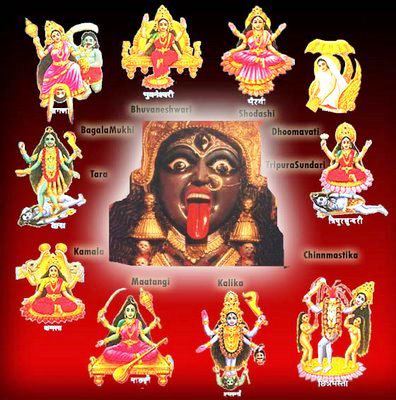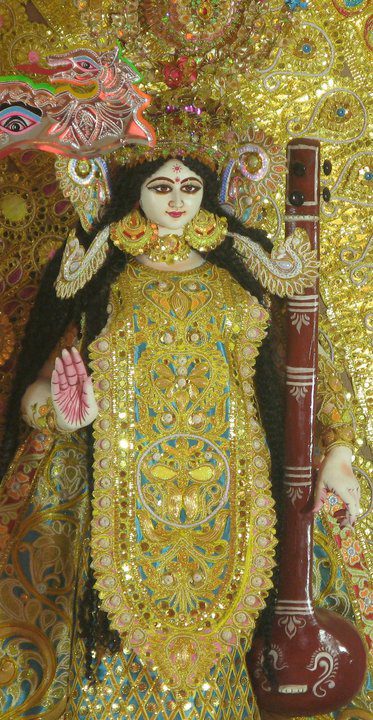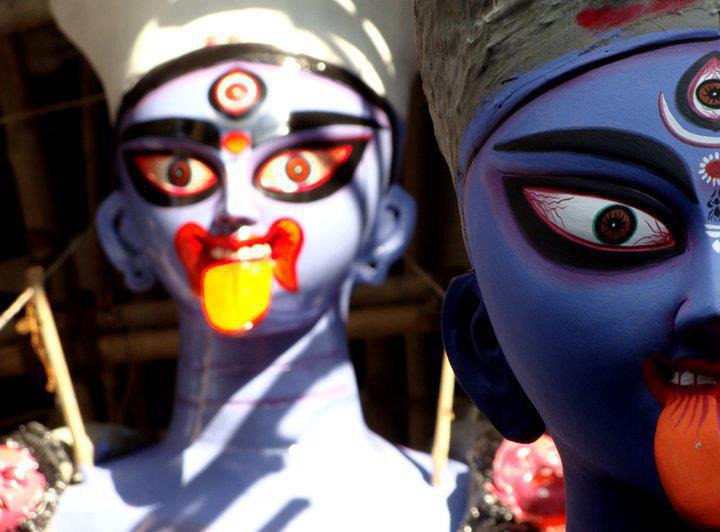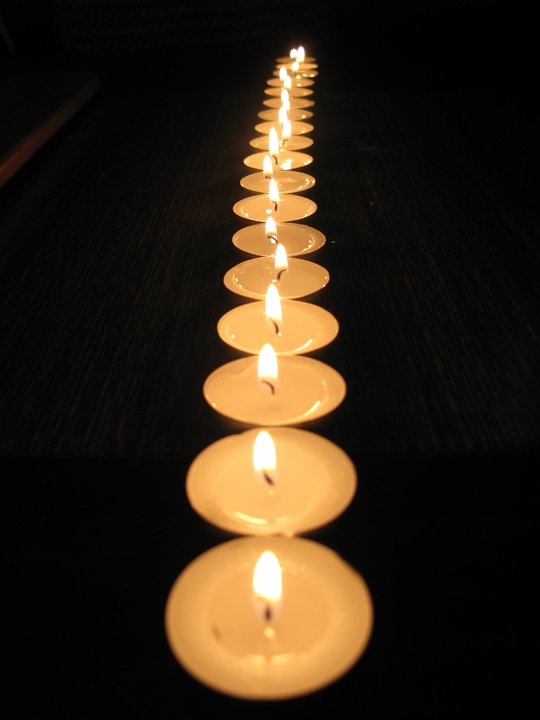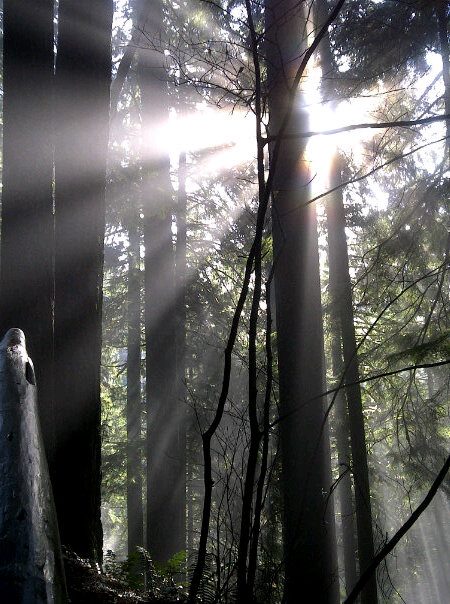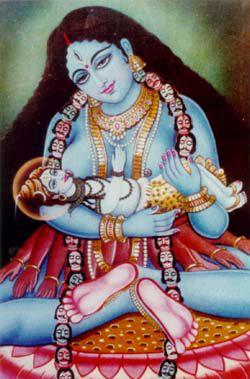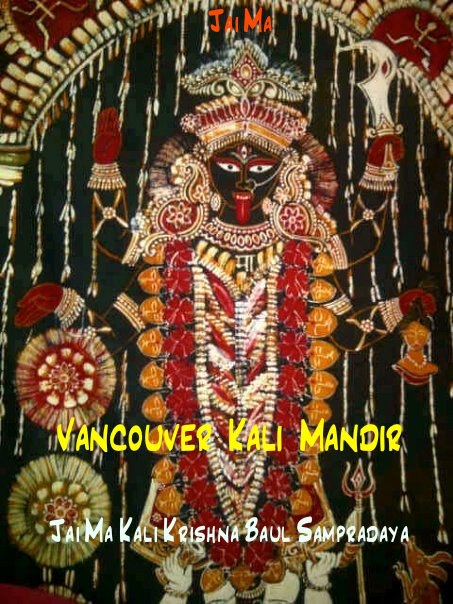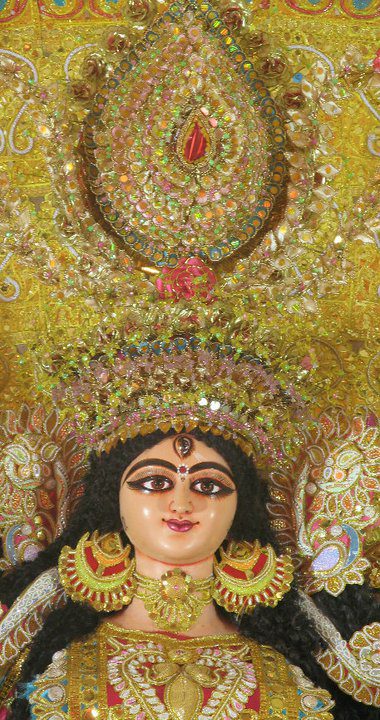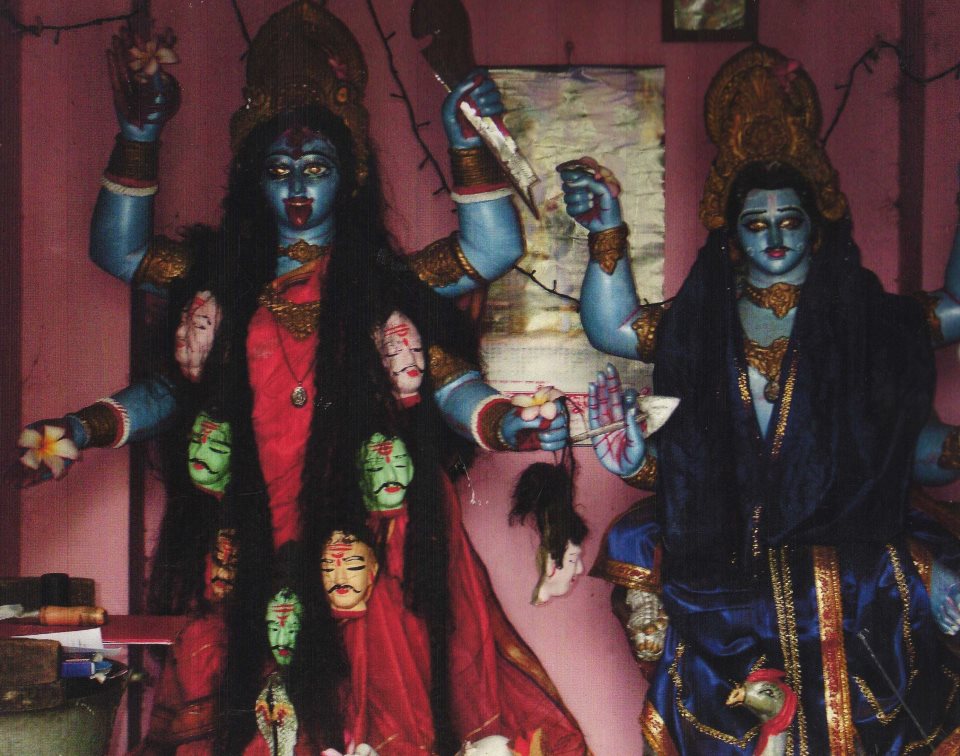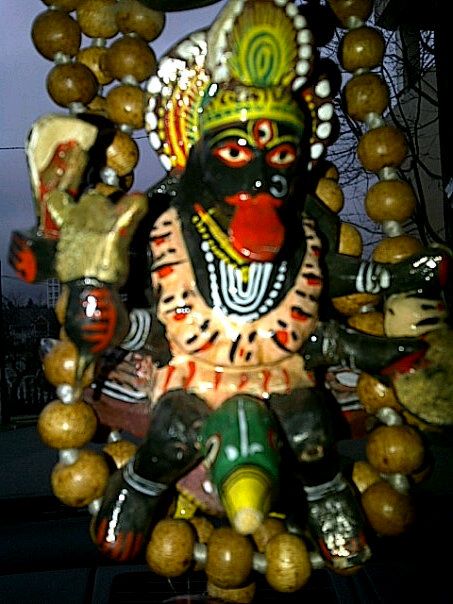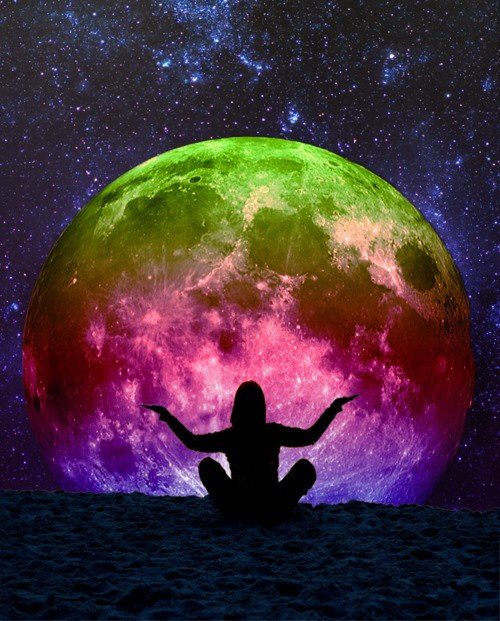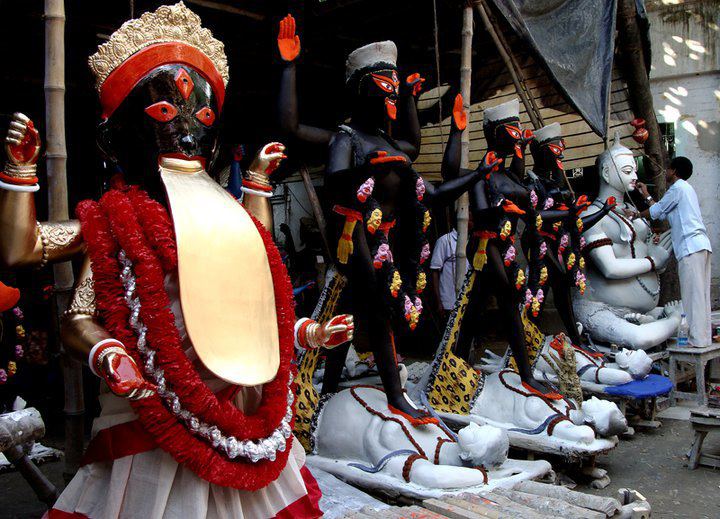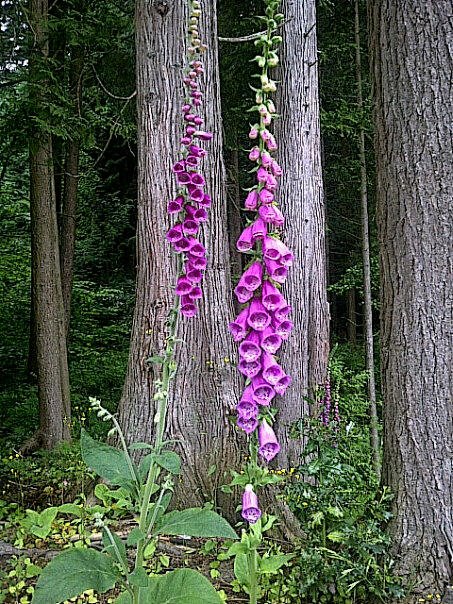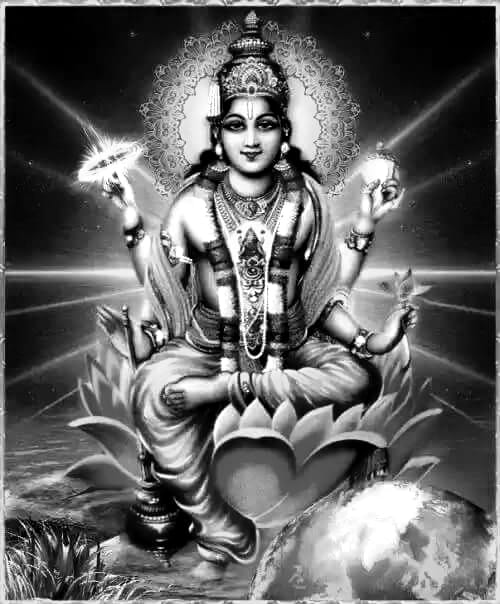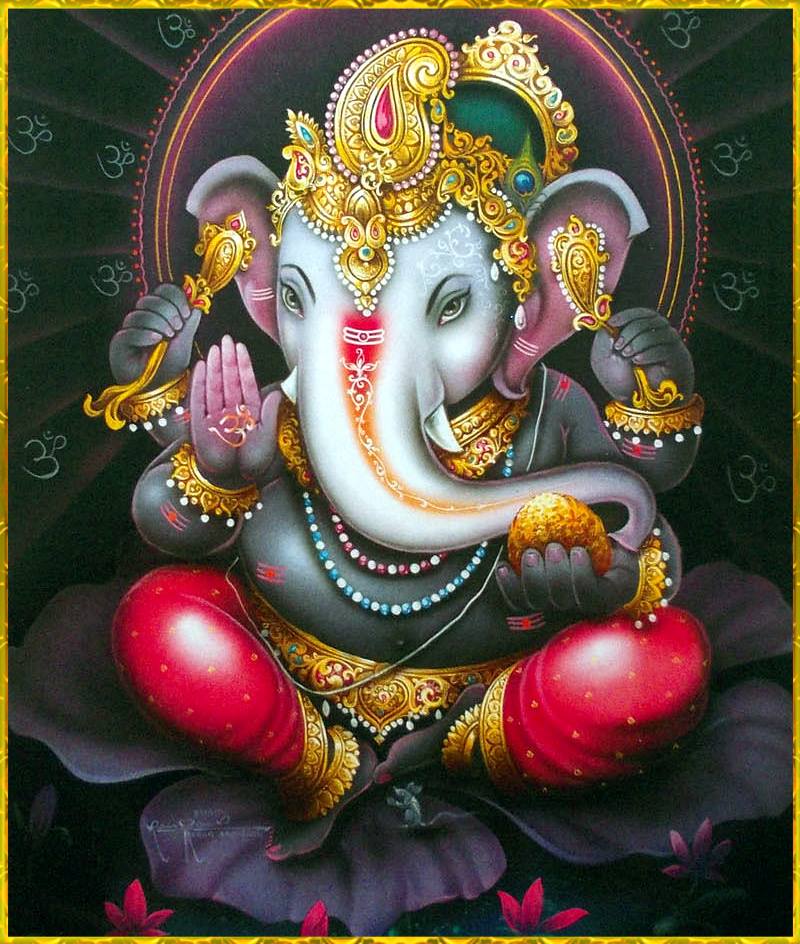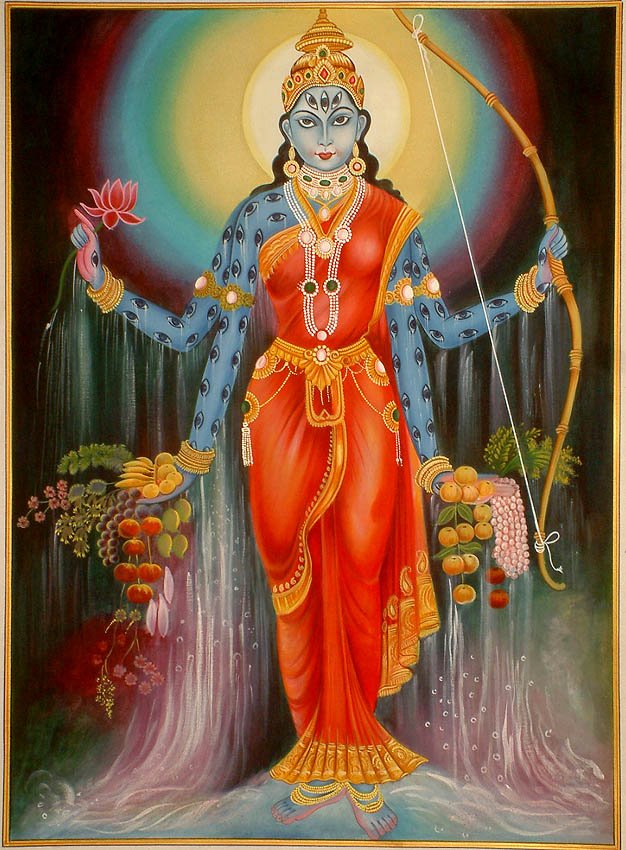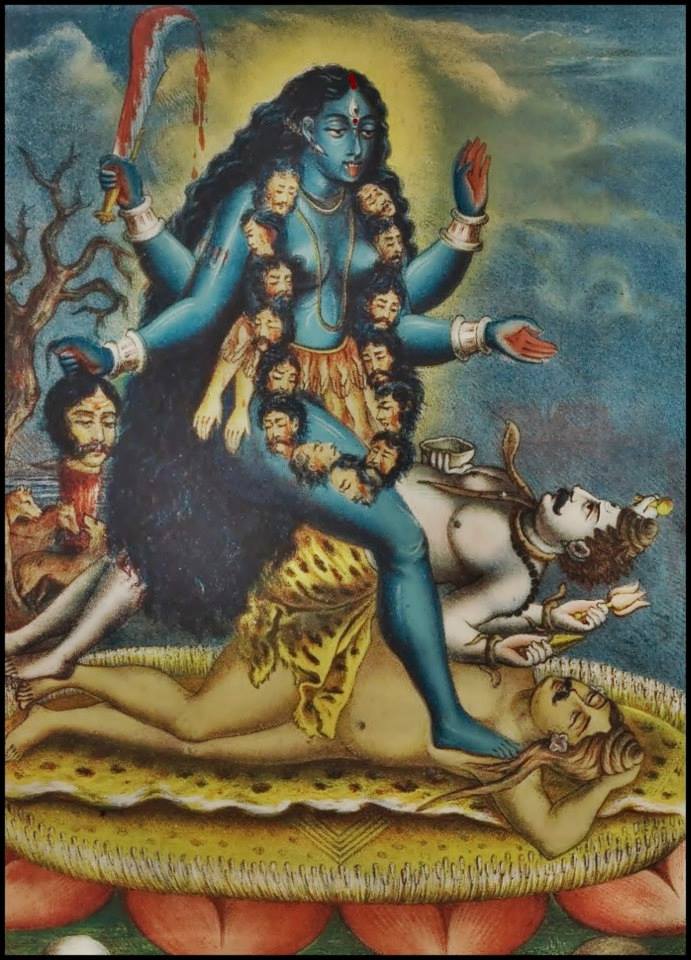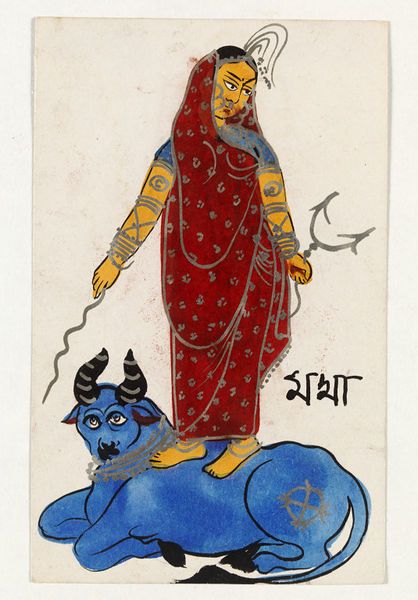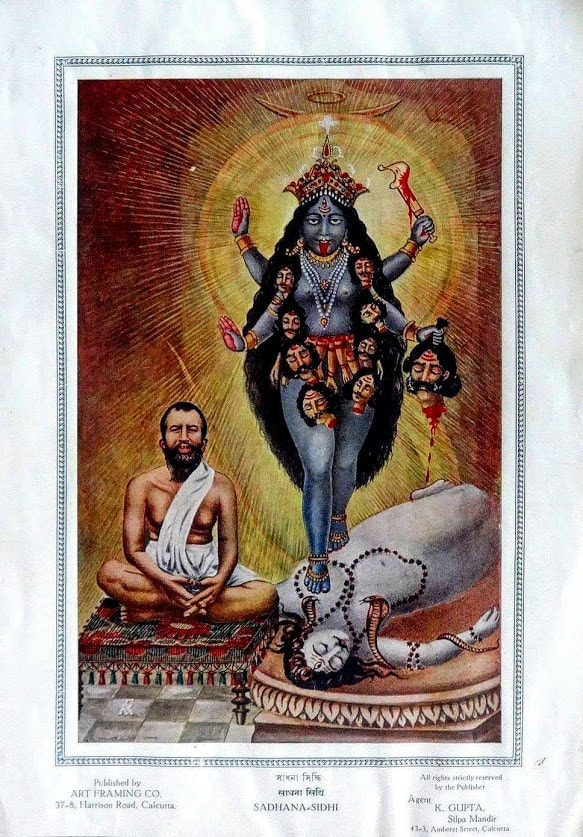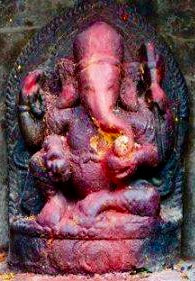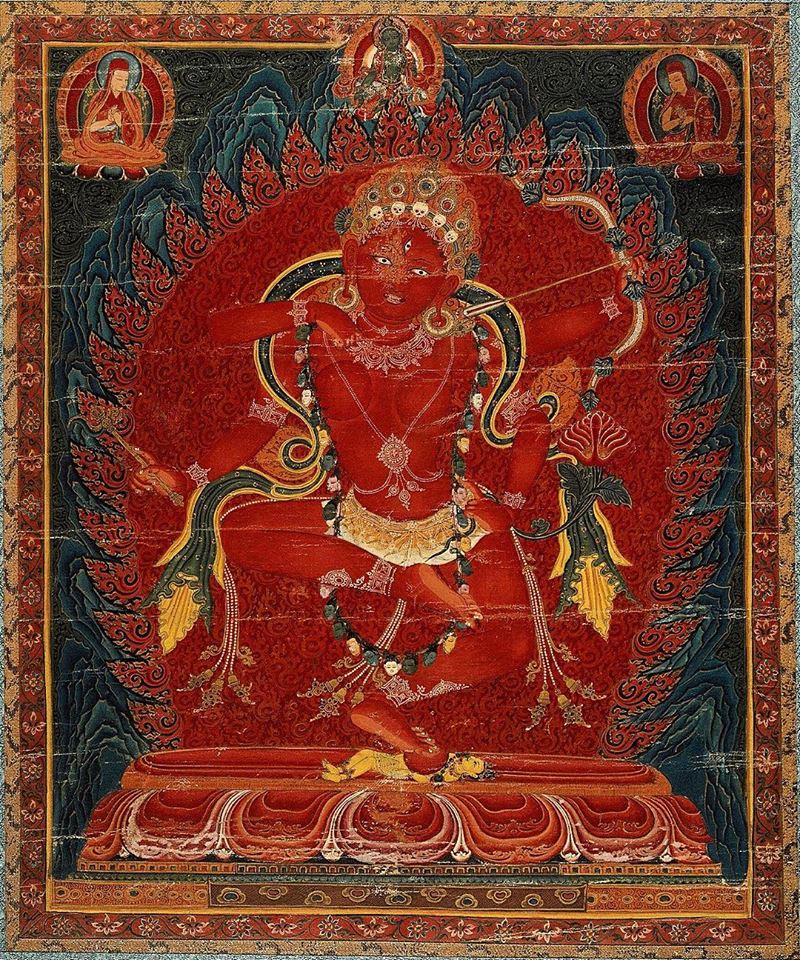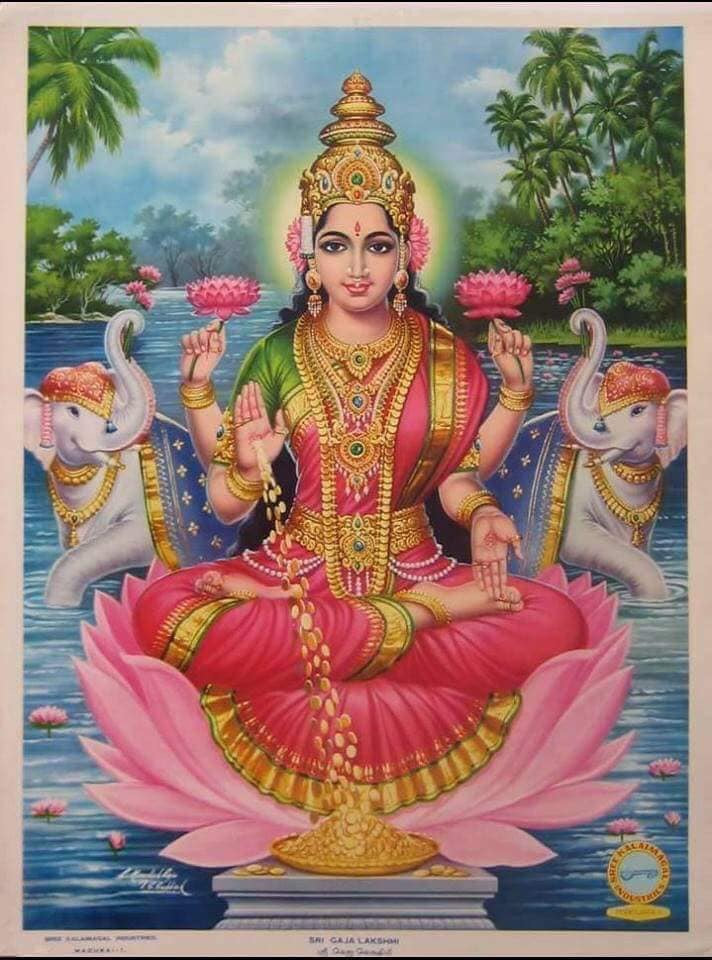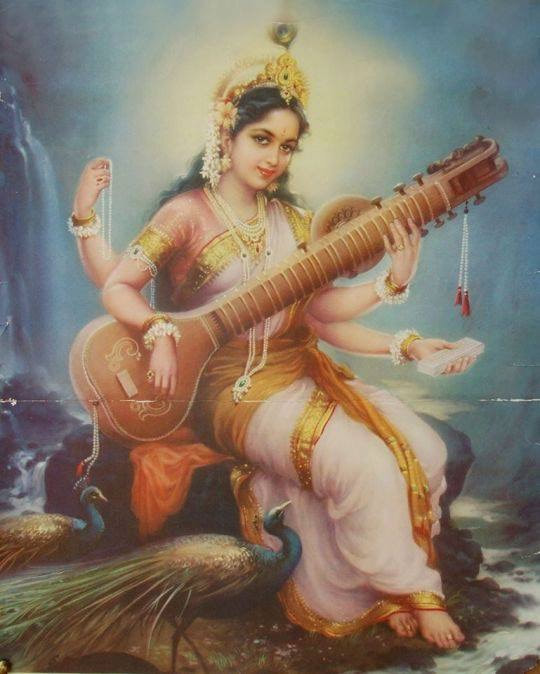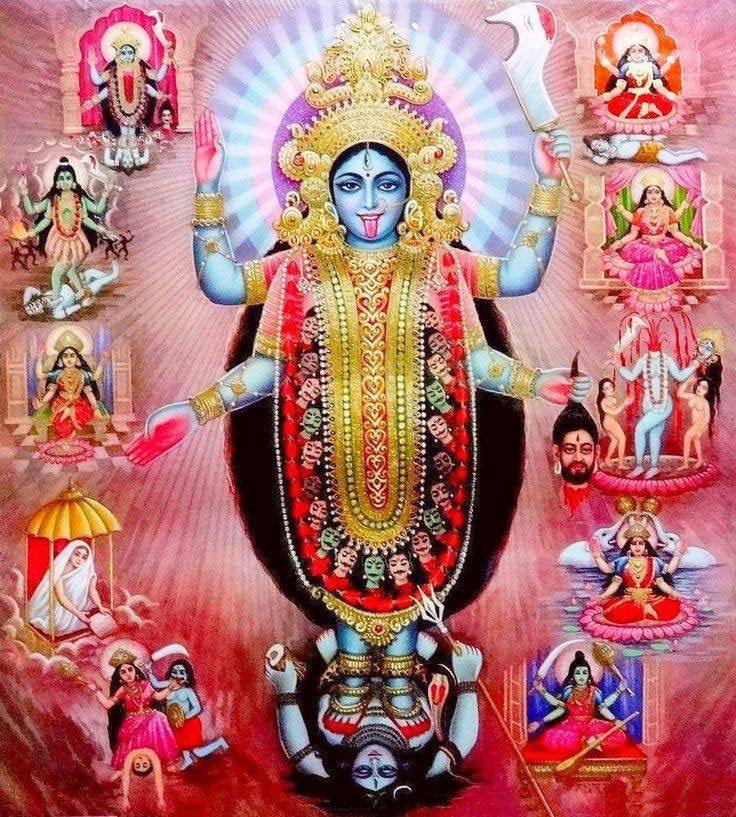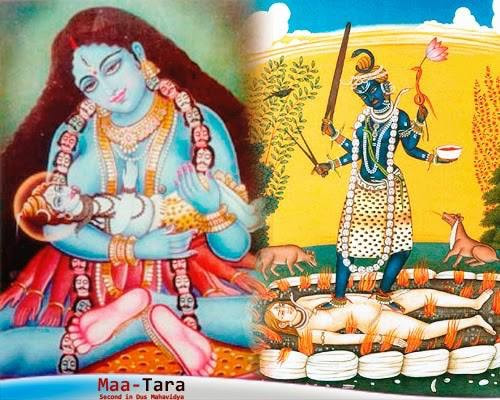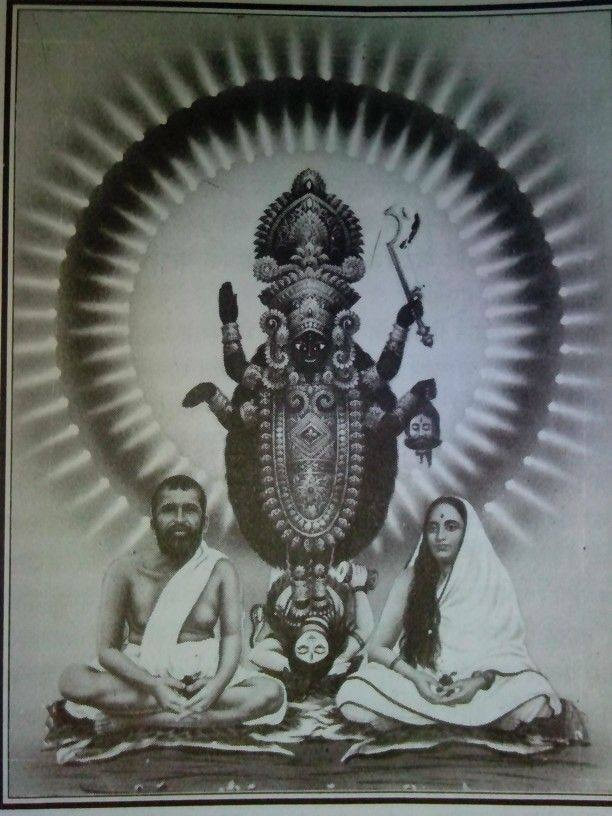
Devi is the feminine form of Deva. Mother goddesses are frequently called Mata or Amman which implies Mother or Mother of the Whole World. All goddesses may be regarded as forms of Maha Devi, the Great Goddess. T...he logic of polytheism applies to them so that the different goddess appearing in mythology or rituals can be seen as distinct deities of diverse form of goddesses, who in turn bear multiplicity of names.
For example, the divine consorts of the Trinity, Saraswathi, Lakshmi and Parvathi are conceptualised as distinct and also manifestation of one Goddess.
The most dramatic form of the single goddess is the ferocious Mother Kali who reveals supremacy by trampling of Lord Siva. In her single for she is Shakti and her devotees are Shaktas. Her milder form of Mother Goddess is Durga. They are very accommodating also and appear in localised form of village goddesses. In the rural areas they stand alone in their temples and shrines with any male consort even though they are not necessarily unmarried.
One such goddess is the Tamil village Goddess Ankala Parameswari who is represented as anauspicious woman with sons, but yet again she is venerated as a virgin without a husband. Her ambiguous status is typical of portraying the absence of a male consort.
GODDESS ANKALAMMA is a village deity of the South. Ankamma is also associated closely with Mother Parvati. The Telugu word ‘Ankamu’ means lap implying Mother Parvathi affectionately sitting on the lap of Lord Shiva. She is popular in Tamil Nadu, Andhra Pradesh and Karnataka and also the once British colonies.
She takes several names such as Angalamma, Ankamma, Angamma, Ankali, Angali, Ankala Parameswari and Angala Parameswari. She is a non-Vedic deity that sat protecting village boundaries.
This guardianship alsoextended to protect intruding religions and their intellectual philosophies from entering rural boundaries. Her simple prayer reached the common heart that connected man with nature and there was nothing much other religions could pull down the village walls while grama devatas were protecting and blessing them.
Her shrine is not housed in grand temples but in simple stone structures or in the bare open space. Ankalamman is sometimes depicted with 1000 eyes and each red dot of kumkum indicates one eye of Goddess Ankamma. This is indicative of Her protective watch on her devotees.
DEPICTION: Mother Ankamma shares attributes of Mother Kali. As she is aroopa or formless, she is sometimes shown with the formless Shiva Linga on her right. In Her worship, prayers are first done for Lord Vinayagha. Her many arms represent the eight quadrants and ten directions in Hinduism symbolic of all-round protection.
She is also referred to as Triyambake, meaning three eyes Goddess, representing Moon-desire; Sun-action and the central eye, Fire-wisdom and knowledge. The conch shell is Pranava Om as bhkatas are to hold on to God in the form of sound. The thunderbolt symbolises firmness. It can break what it strikes and that means confidence. The coiled serpent lurking its head is also her Shakti coiled as chakra at the base of the spine. It is also symbolic hold on the ego. The severed head symbolises the destruction of ego. It can also indicate that she transmits knowledge only when there is saranagathi or surrender which has to be unconditional. The sword symbolises knowledge which has the sharpness of the sword. The Trishul is a symbol of three gunas, Satwa, Rajas and Tamas, and Mother is the remover of physical, mental and spiritual miseries. Mother holding a bell is the symbolic call to her devotees and also a sacred blessing through sounds.
Her ferocity is shown through the fangs. The pot of kumkum is symbolic of Shakti and Mother Goddess worship. It is also a reminder that from earth we can and shall end up agni consuming our dead body or that we would be consumed in Mother Earth’ bowels.
SAPTA MATRIKAS: Sapata Matrikas is a reference to the Seven Mothers. Ankalamman is considered to be a Kali manifestation sharing her attributes. Thus she is Ankali. In the Matrikas pantheon, Ankamma is consideredto be the mother of the Trimurtis. But the South took her to be a fierce guardian Goddess. Blood sacrifice and rituals to Ankalamman is an ancient practice. This appeasement was a request for her blessings which may need her fierce role as opposed to the mild Parvathi role.
TEMPLE AND MYTHOLOGY:
Sri Angala Amman Temple at Melmalaiyanoor, east of Tiruvannamalai carries the fascinating legend of Ankamma. Sandobi and Sundarar are demons that cause havoc in all the three lokhas. Lord Brahma gets a boon of mantras from Lord Shiva to perform a yagam. Now, from the yagam, the aspara, Thilothama springs to life.
The Mahabaratha accounts that Thilothama was created by the divine architect, Vishwakarma at Brahma’s request. Vishkarma is said to have collected all that was beautiful from the three worlds to create the aspara. Puranas state that she was responsible for bringing the mutual destruction of the Asuras, Sunda and Upasunda.
Thilothama was of exquisite beauty. Not only the demons but Lord Brahma fell for her looks. Even the Gods are described to be enamoured of her. Risk of molestation was in the air, so she flees to Kailash for safety. ButLord Brahma pursues his target.
In a spate of rush Mother Parvati mistook him for the five-headed Shiva and venerates at his feet. No soonerParvati realized the truth. In anger she prayed that Shiva would destroy the fifth head of Brahma. In some Puranic accounts, Lord Shiva manifests as Rudra to cut off Brahma’s fifth head. Actually Brahma had his fifth head to pursue his manas putrid as he wanted to satisfy his lust. So it deserved to be chopped anyway. Rudra cut off Brahma's head nine hundred and ninety nine times but it grew back.
Rudra became fatigued. So Rudra manifests as Rudra Bhairava and derives power from 999 heads of Brahma by wearing them as a garland. The next blow severed Brahma’s fifth head without recourse of a growth. However it was a sin to have cut the head and it got stuck to Rudra’s hands, a story which is connected to it symbolising the kapila. Also Goddess Saraswati, wife of Brahma cursed Shiva to have no food or sleep, and that his hunger and thirst could onlybe satisfied by bone. After this Shiva roamed the world like a mendicant. Seeing the curse Goddess Parvati cursed Saraswathi to become ugly, and that crane and peacock birds were to become her dress and her assistants were to be demons.
These untoward happenings were brought to Lord Vishnu’s attention by the Devas. There was going to be turmoil in the three lokhas if he did not interfere. So Lord Vishnu instructed Parvati that her ordeal would end when she became a snake in Melmalaiyanoor. To win relief from these curses, the Goddess Parvati roamed around the world until she met the sage Kapilar at Tiruvannamalai. There Parvathi took a bath in the Brahma Tirtham tank. From Thereafter from Tiruvannamalai, Goddess Parvati proceeded to Thazhanur where shestayed overnight and then moved onto Melmalaiyanoor. There she manifested as Ankala Amman to clear Rudra-Siva’s curse and give blessings to her bhaktas in the Kali yuga.
Another myth refers to Daksha’ yagna where Dhakshayani enters the fire. Lord Shiva took her body and devised with uncontrollable anger enters Rudhrathandavam. Vishnu’s severed the Goddess’s body. The right hand of Dhakshayani fell in Dhandakarunyam. Malayanoor is a part of Dhandakarunyam. There she manifests as Angalaamman as aroopa or shapeless.
ANKAMMA
KAVAL BALI: Muniswaran, Sudalai Madan, Madurai Veern and Isaki Amman share the same type of worship common of village deities. They are all community events. Angkamma Kaaval bali and Ankamma Kolupu are midnight blood sacrifice ritual attributed to Ankalamma. This worship is named has regional names such as Kaval or Anggalamma Kaval. ‘Kaval koduthal’ means to sacrifice. Earlier just after sunset, the area around the shrine is washed and cleaned. The place is decorates with Rangoli made of wheat flour, tumeric powder, kumkum and black charcoal powder. The shed or temple building is decorated with weaved coconut palm leaves
and bunches of neem leaves. Folk songs are sung of Veerans or heroes.
The climax is of course the goat sacrifice. A goat is tied and displayed. Usually this is community contribution by way of donations. Otherwise some-one who prayed to Ankamma has vowed a he-goat on the occurrence of successful prayer. Usually this goat is left to hang around the village majestically for some time without knowing its fate. No-one refuses it food as they know it is a vowed goat to Mother. On the day in question, after the first round of prayers for its well being in the next after-life, tumeric water is sprayed on its head. The devotees wait for an approval from the goat. The poor fellow usually shakes its head to get rid of tumeric water. That is the indication of a ‘yes’ and down comes the chopper. The head is severed and placed before the deity. Its blood is
spilled in order to appease the goddess. No female animals or birds are sacrificed. After the second round of prayers the mutton is cooked and the deity is offered cooked food with other items. The prasada is then shared by the community amidst folk songs and drum beat. Yet again, Mother brings all her children together in an joyful and sacred atmosphere.
Hari Om
Yogi Ananda Saraswathi
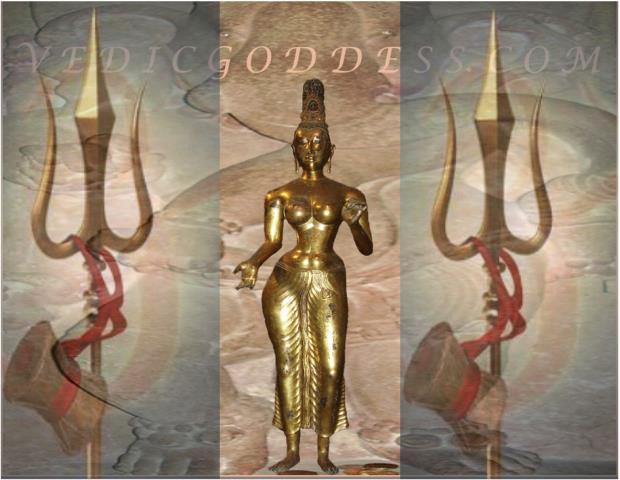
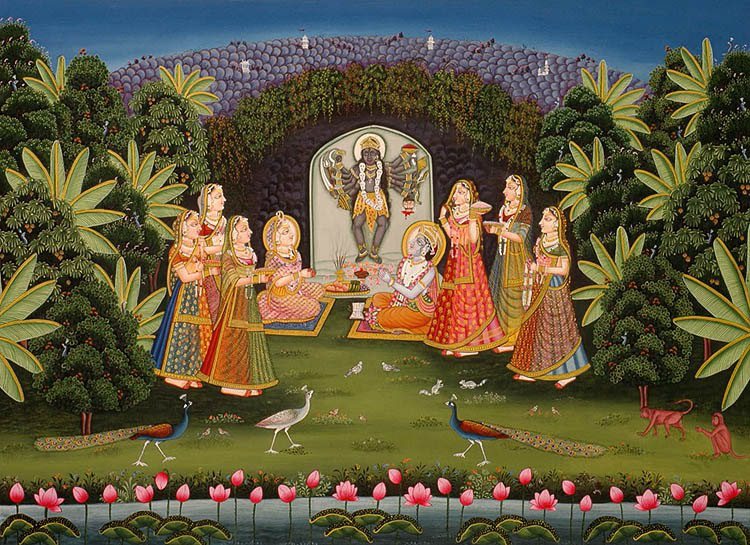
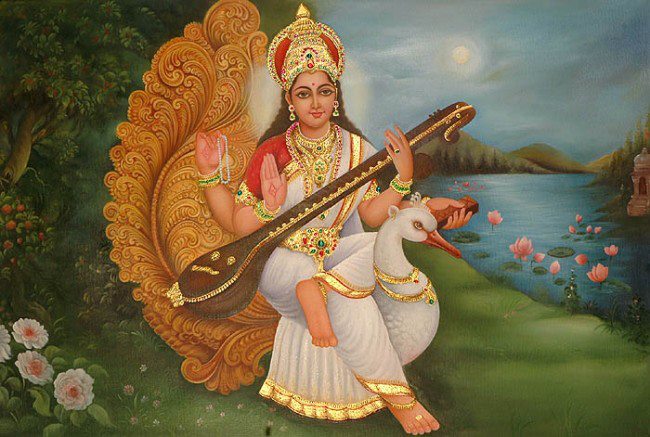
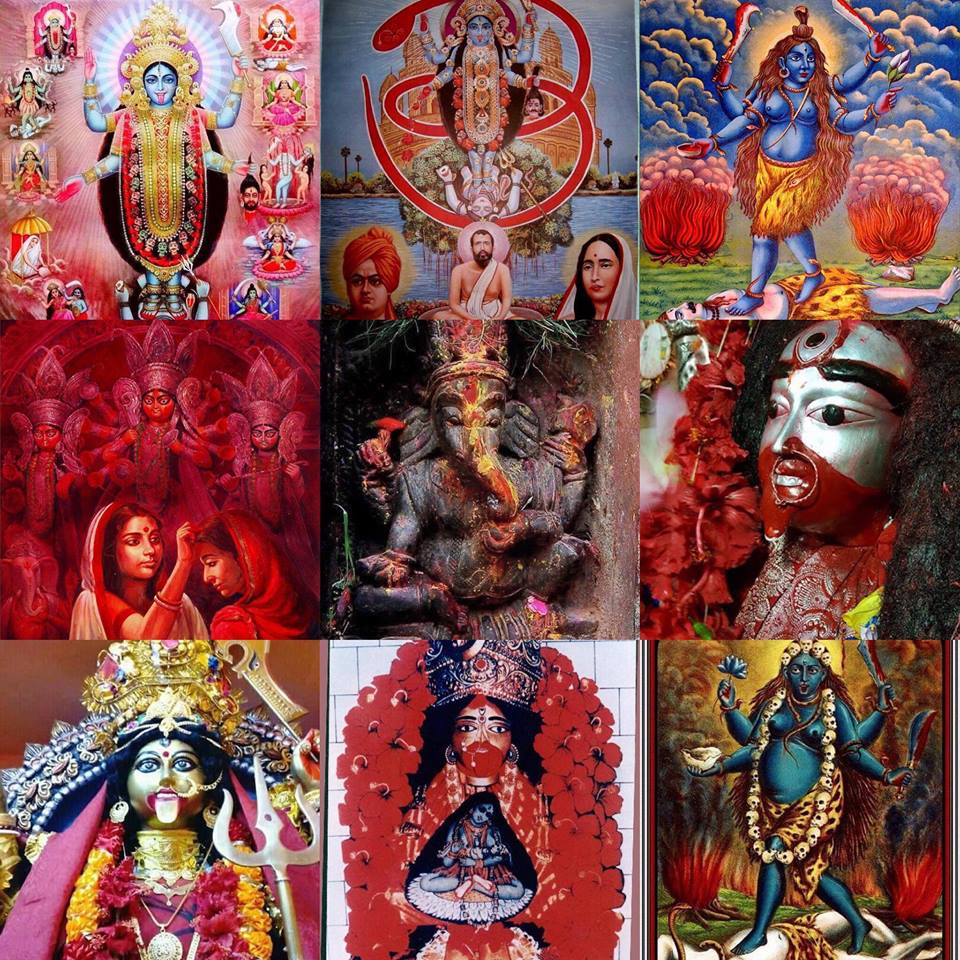
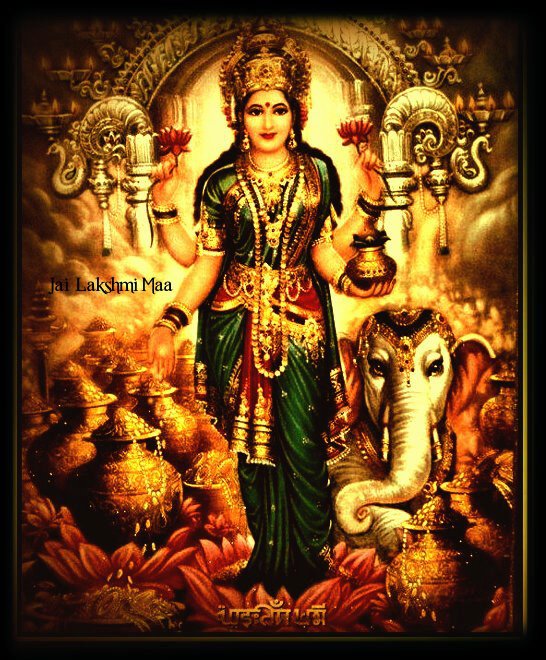
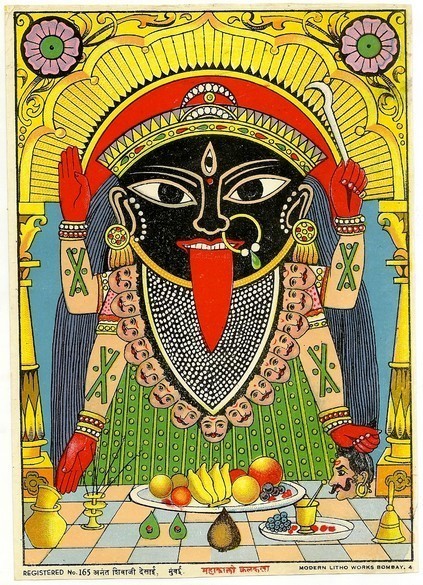
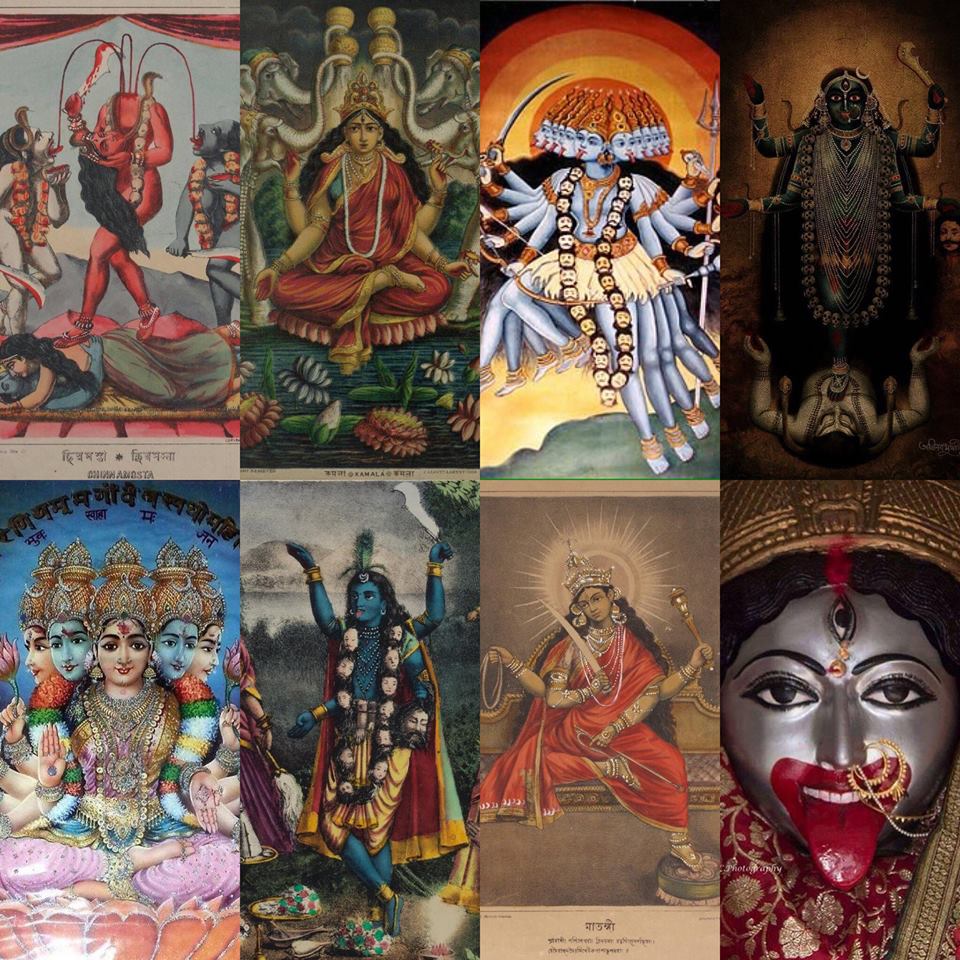
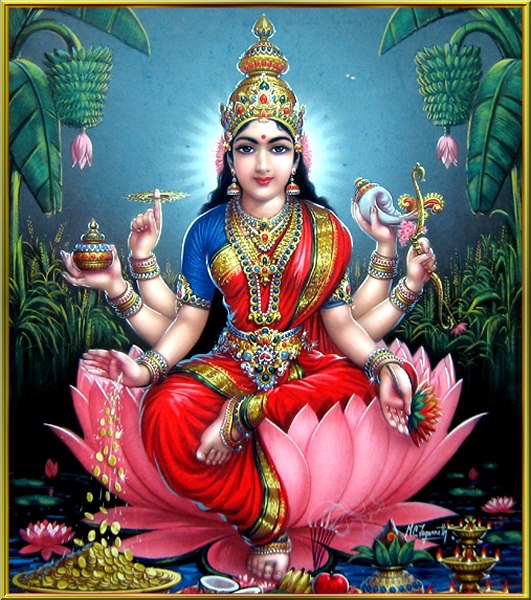
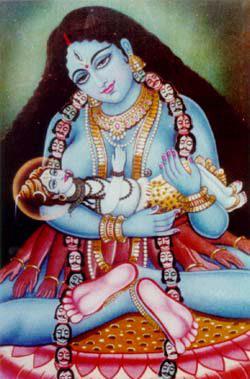
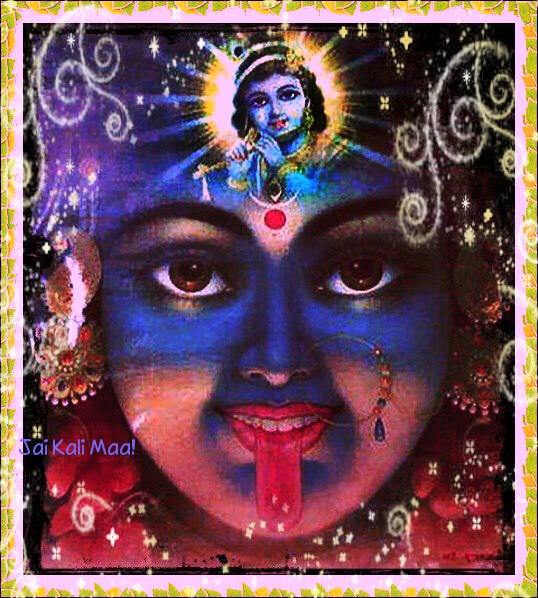
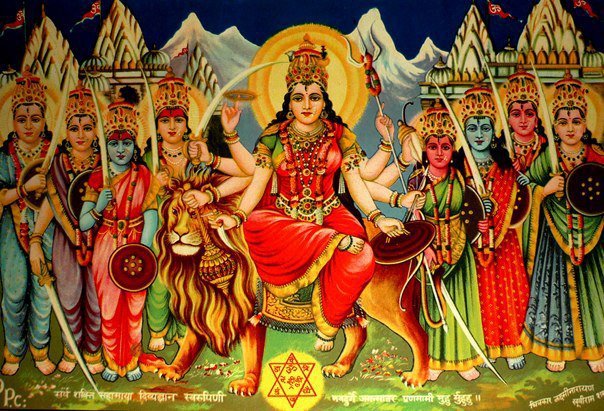
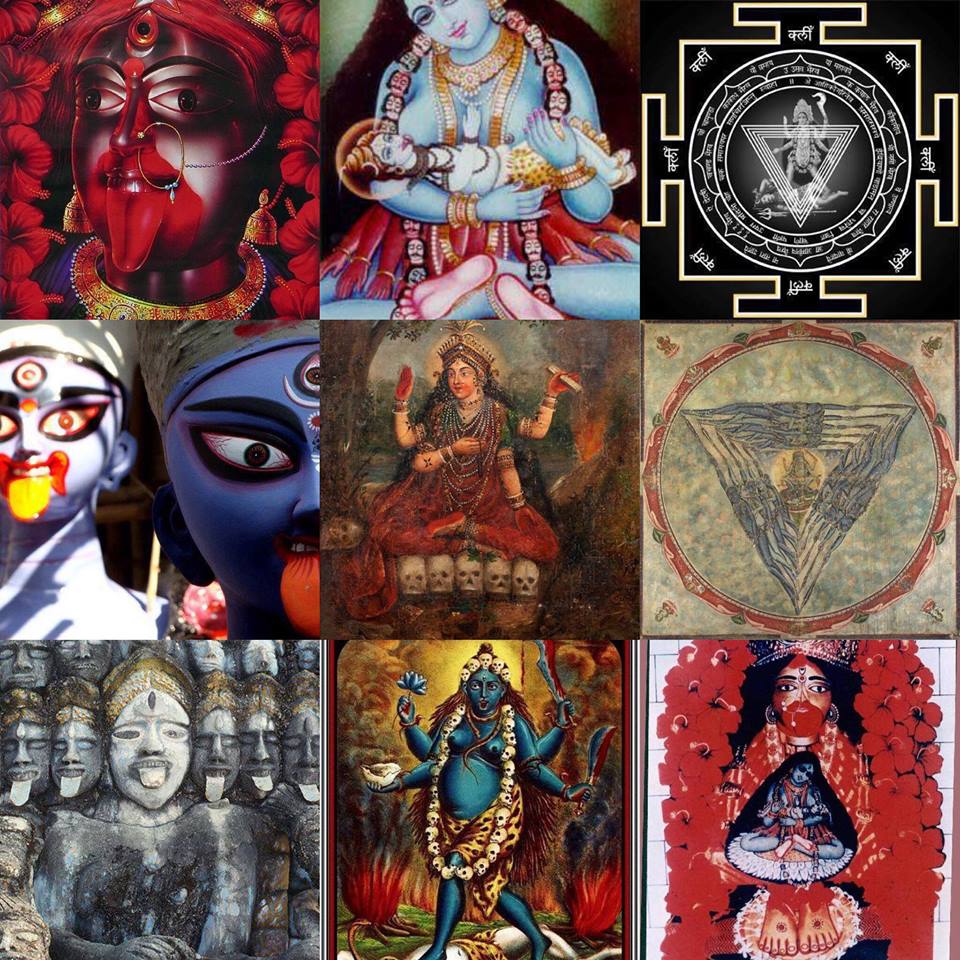
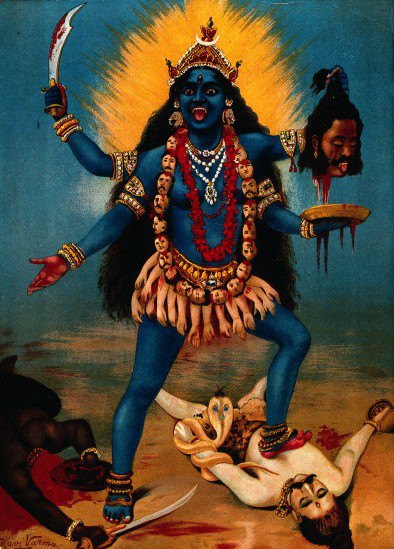
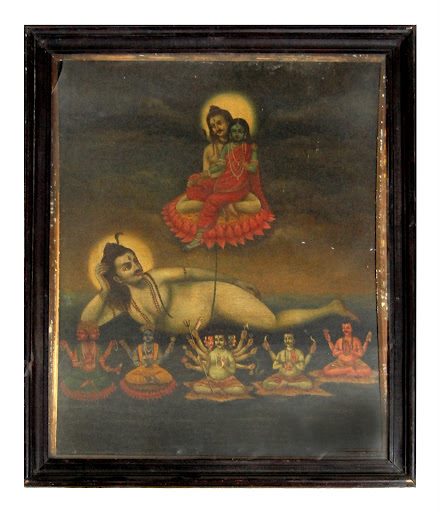
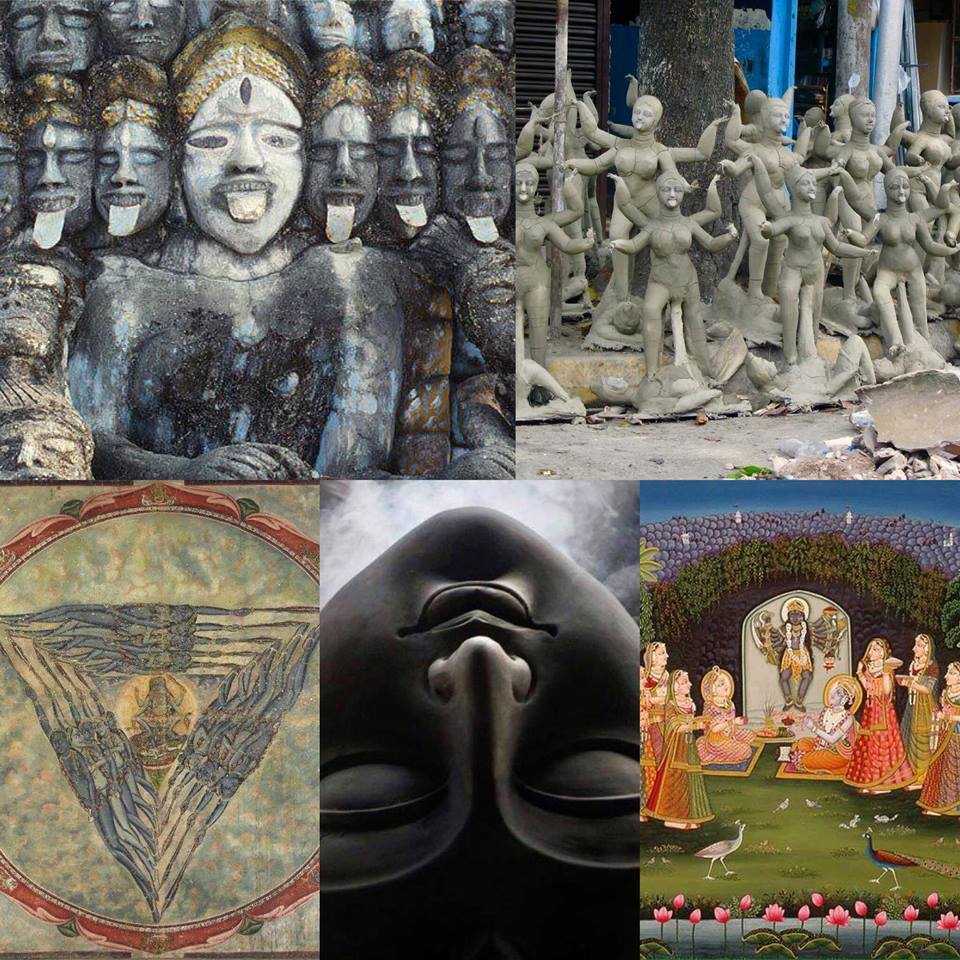
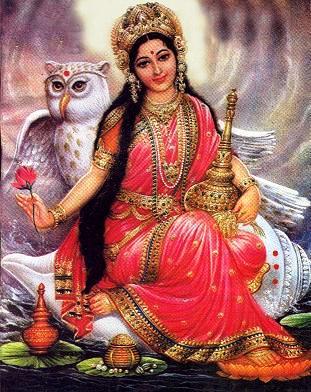
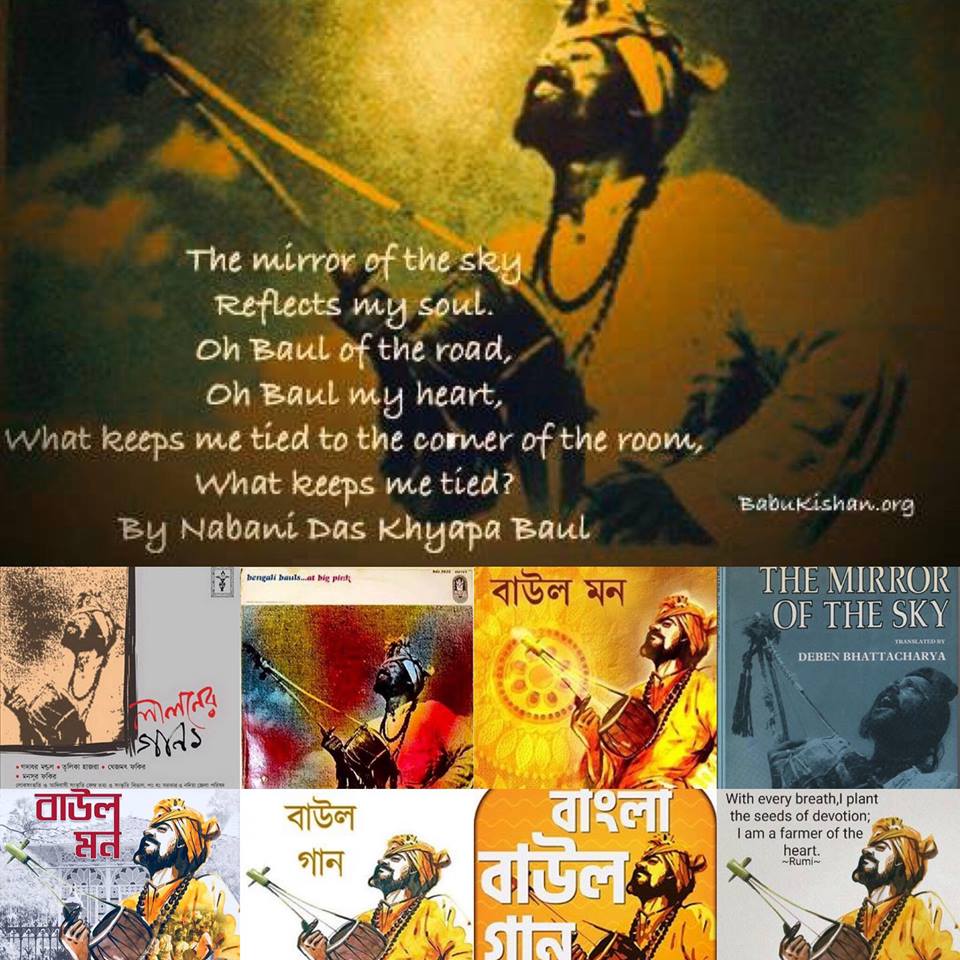
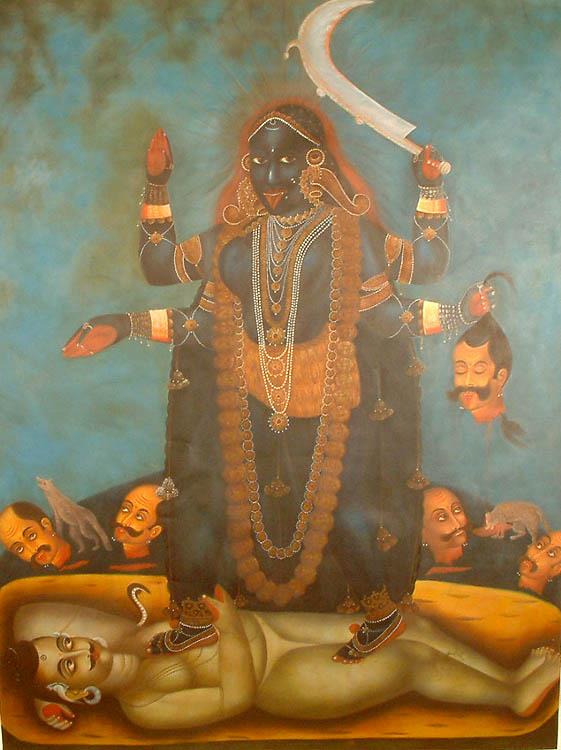
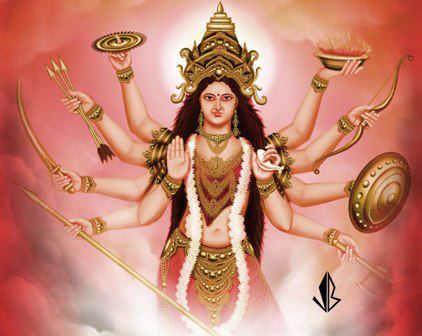
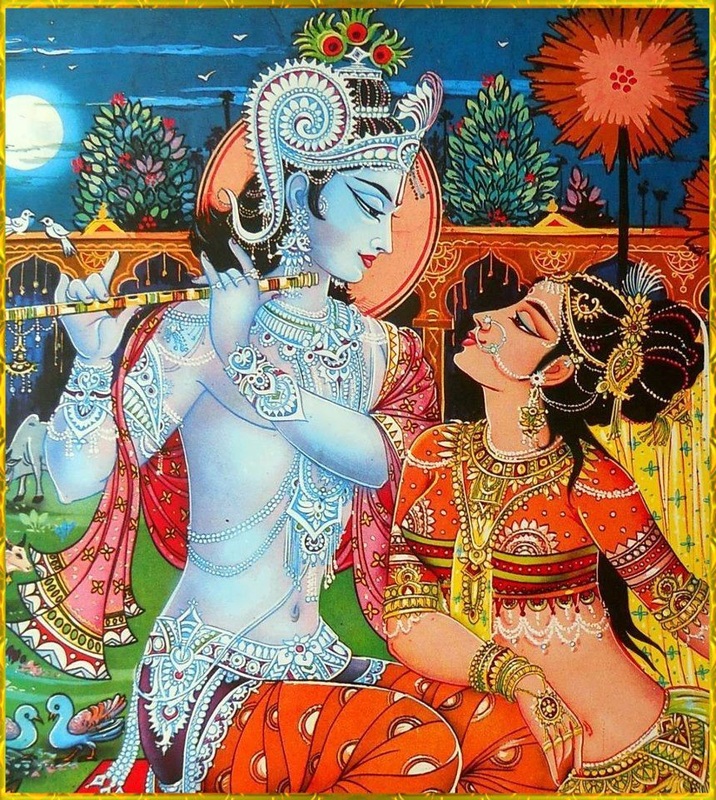
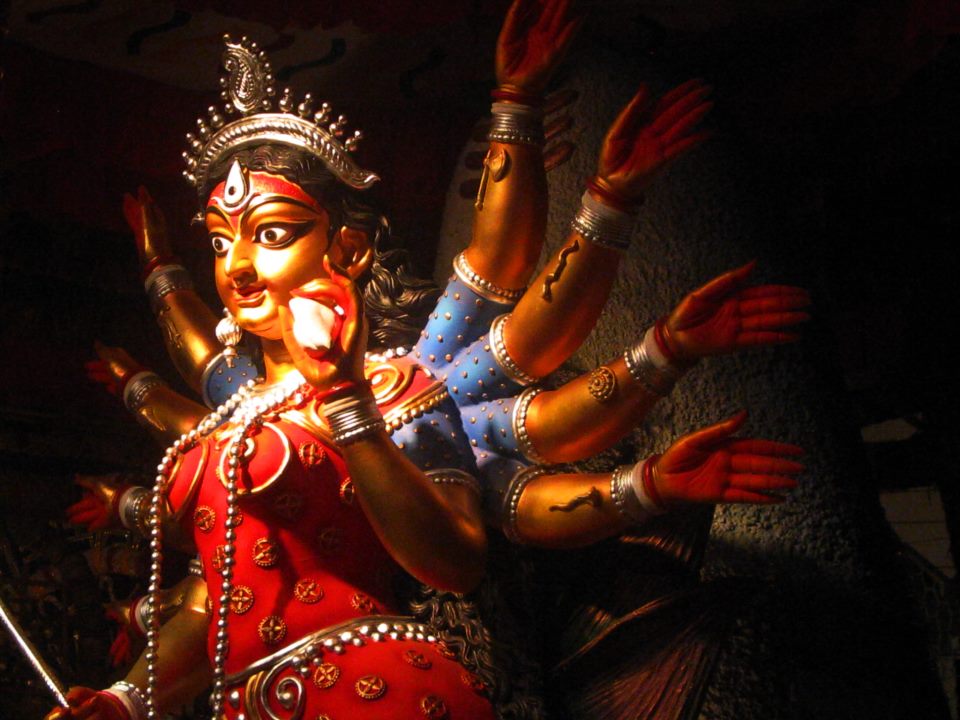
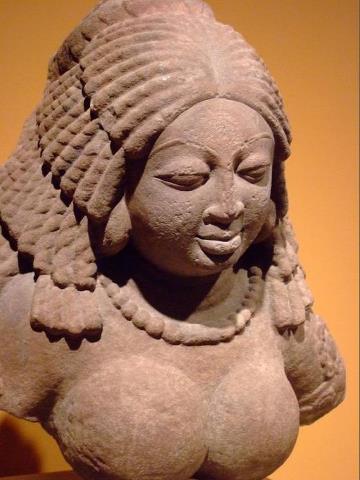
 RSS Feed
RSS Feed


